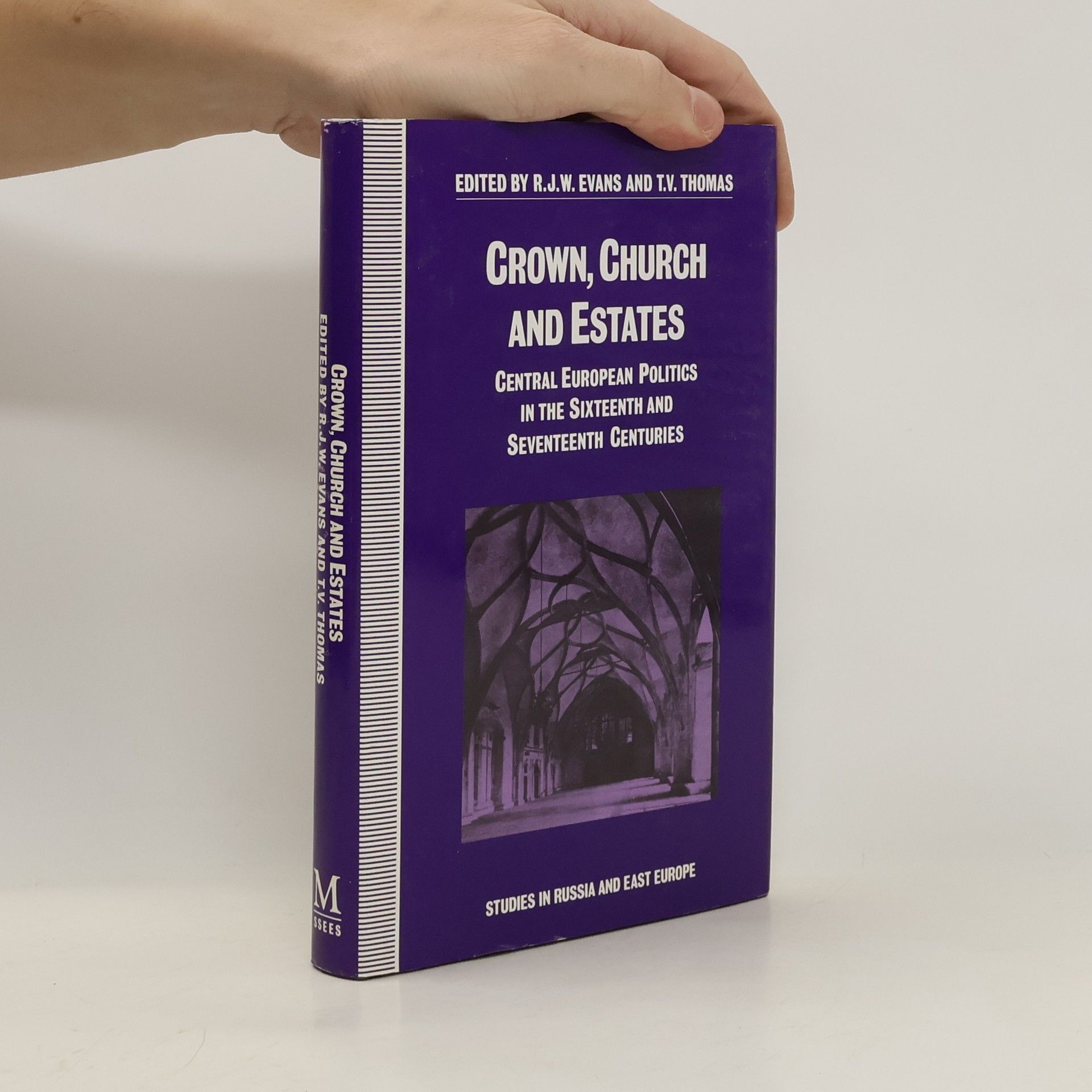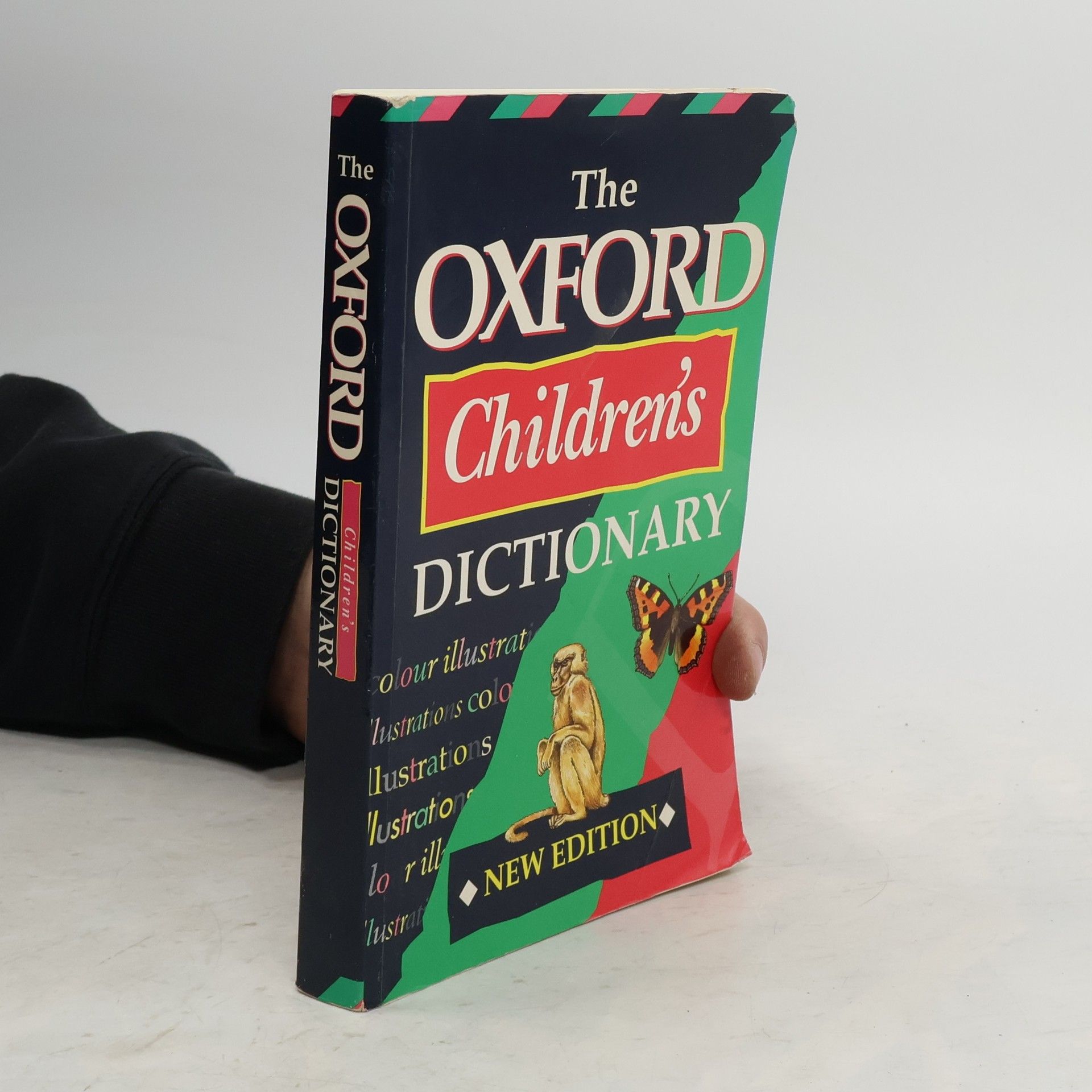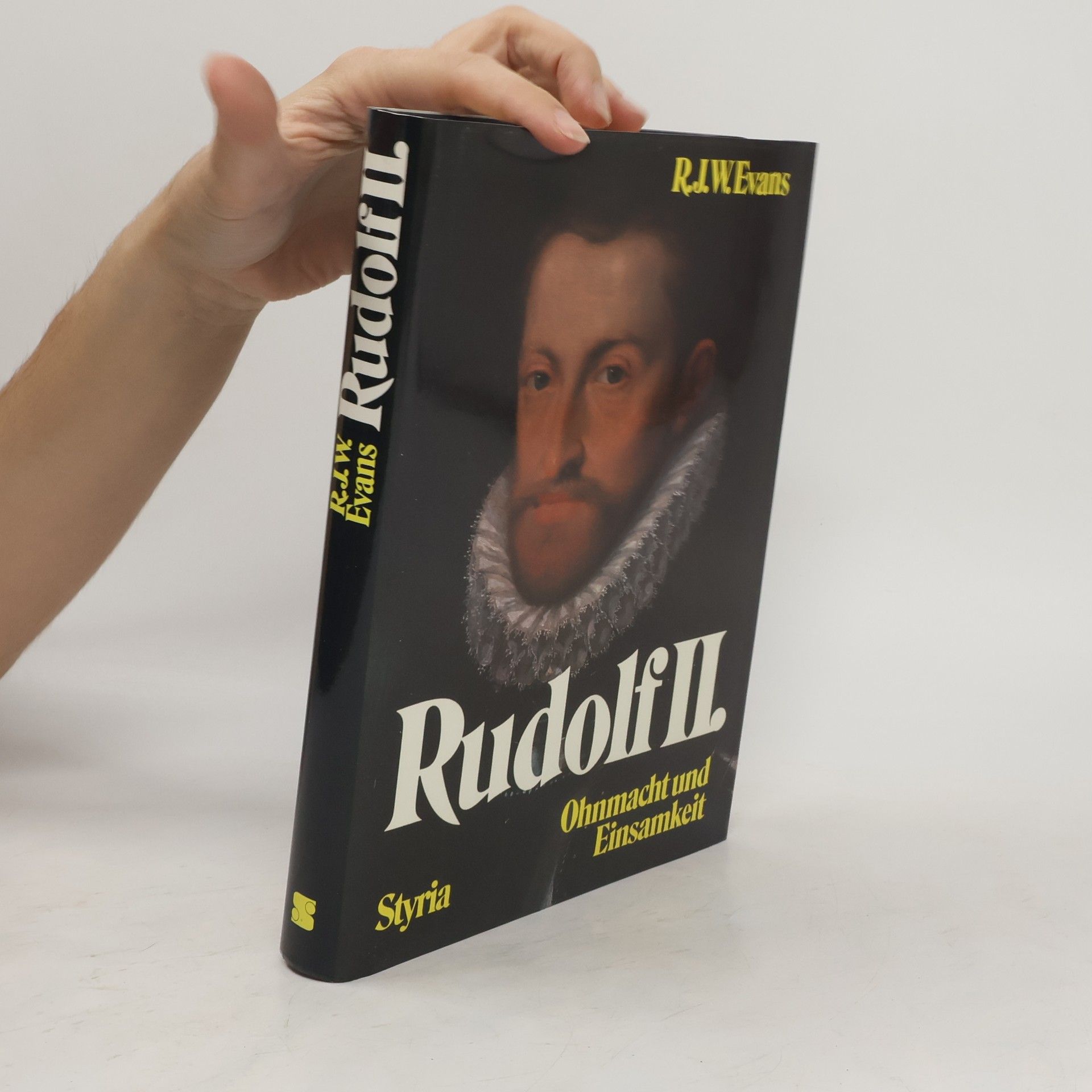A Guide to Biblical Commentaries and Reference Works
- 464 pages
- 17 hours of reading
A Guide to Biblical Commentaries and Reference Works, by John F. Evans, summarizes and briefly analyzes all recent and many older commentaries on books of the Bible, giving insightful comments on the approach of each commentary and its interpretive usefulness especially for evangelical interpreters of the Bible.






